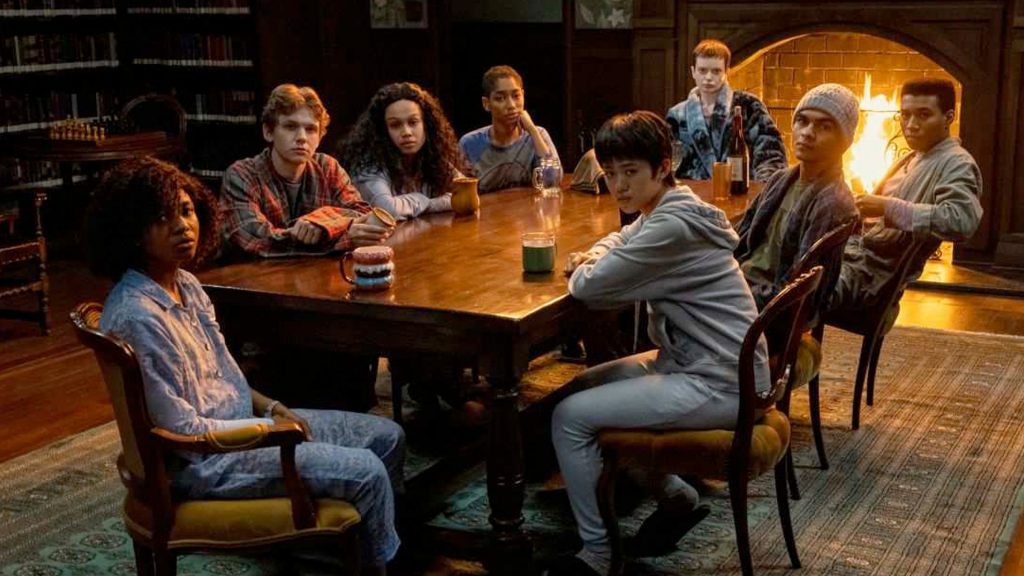The Midnight Club is a 1994 film about a gang of teens who are near death. The young patients are hospice patients at Brightcliffe, where they are spending their dying days. However, despite its odd atmosphere, Brightcliffe is not what it seems. Ilonka, one of the patients, decides to look into Brightcliffe’s history on her own.
Mike Flanagan deserves all the praise for crafting a horror tale with millennials at its centre but a setting that was frequently seen in the 1980s and 1990s. The horror factor of the first few episodes keeps you interested, but by the fifth episode, it starts to feel stretched. Unnecessarily, 10 episodes were added to a compelling story that might have been wrapped up in five. The Midnight Club, which is based on Christopher Pike’s writing, makes an attempt to condense the most of his stories into a single series, which is undoubtedly a stretch.
Iionka joins midnight club
The first episode of the series features Ilonka, who was all prepared to relocate to elite Stanford for further education but thyroid cancer forced her to pack her bags and move to Brightcliffe’s hospice. She meets other terminally ill patients when she arrives at the hospice. She becomes close friends with the majority of them and joins the midnight club, a tradition where patients share terrifying tales with one another. Ilonka is met with some unusual occurrences and spirits in the hospice as well. She then makes the decision to do more research and learn the truth about Brightcliffe.
A well-known figure in the horror genre, Mike Flanagan, served as executive producer and director of the series. The series has a fantastic premise, and the pairing of modern horror with old-world terror appears to be perfect, but somewhere in the middle it deviates from its intended course. Ilonka’s mission to learn the truth about Brightcliffe is at the heart of the story, and the terrifying tales the patients swap at the midnight club are merely a diversion. A large number of stories renders the events monotonous and tedious, when two or three stories would have worked nicely.The central plot becomes uneven due to these ongoing obstacles (the stories in between), despite the fact that the tension, the backdrop, and the horror are all present. The stories themselves are excellent stand-alone works that are somewhat autobiographical of the narrator, but they don’t really add much to the main narrative that is introduced to us at the outset.
Sincere and credible performance by all characters
Almost every character has given a sincere, credible performance. Ruth Codd as Anya and Iman Benson as Ilonka continue to be the top picks. The majority of the cast consists of young, inexperienced actors, but they deserve praise for presenting a convincing portrayal while exuding the utmost confidence. Truth be told, despite its inconsistent quality, it’s these actors who carry the show. Nearly every character has been given attention by the writers, and they all have their moments in the spotlight. It’s kind of impressive to watch these young performers take on roles that call for some kind of maturity. It’s a delightful surprise to watch Heather Langenkamp as Brightcliffe’s head physician, Dr. Stanton.
Mike Flanagan, who has always pushed the boundaries and strived to achieve something fresh in the horror genre, makes a valiant effort in “The Midnight Club.” He has consistently attempted to inject something unique and novel into a genre that does not provide much room for experimentation, whether it is in “Oculus,” “Doctor Sleep,” or “The Haunting of Hill House.” Teenagers are forced to look at their own impending death, therefore the situation that its creators designed is undoubtedly distressing. A few personalities and a few stories have to be cut from this approximately ten-hour long series, though.
